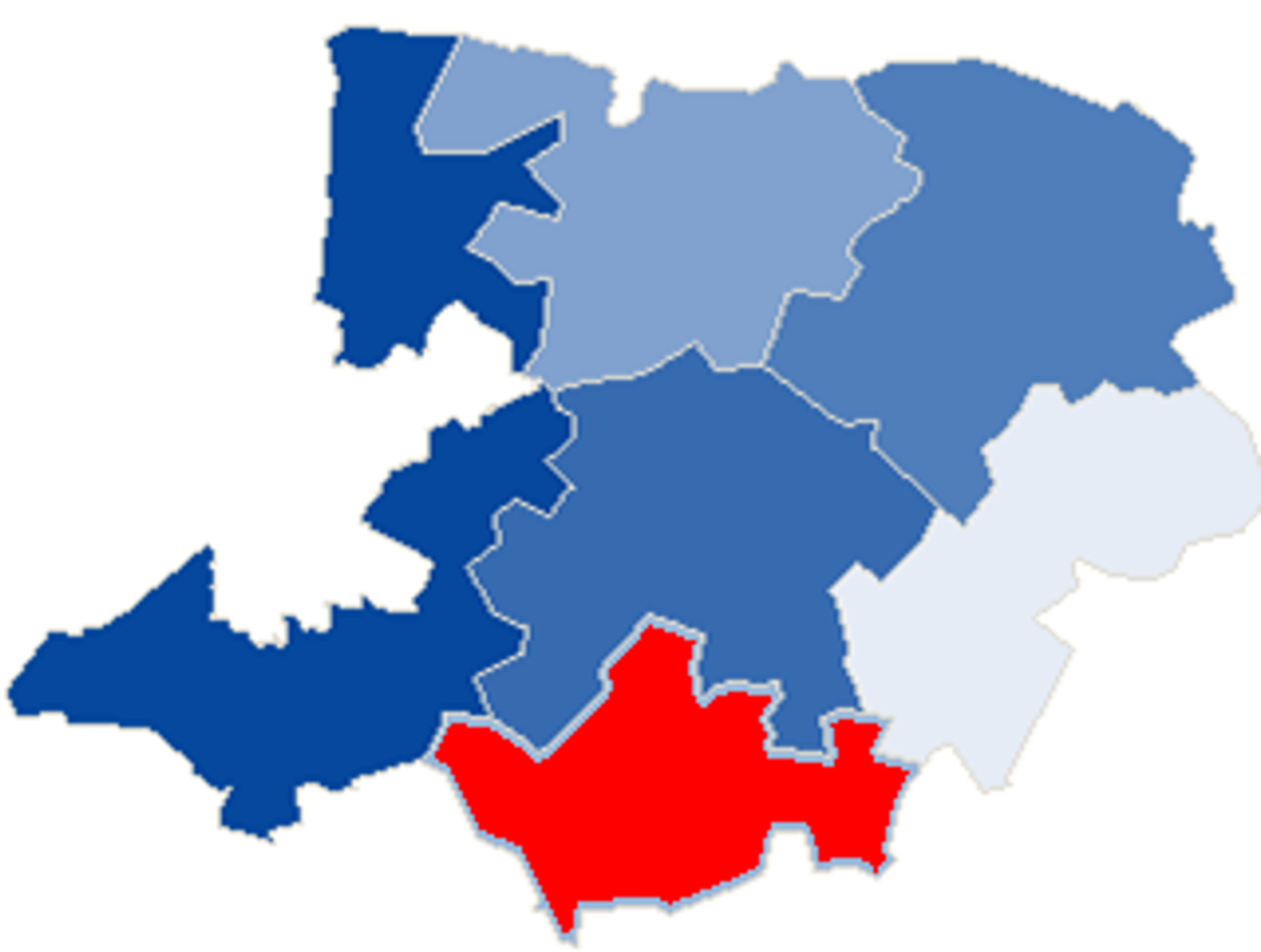Radzyń Chełmiński
6.36

W skrócie
Radzyń Chełmiński to gmina miejsko-wiejska położona w województwie kujawsko-pomorskim, w powiecie grudziądzkim, której siedzibą jest miasto Radzyń Chełmiński. Historia gminy sięga średniowiecza, a współczesne dane demograficzne z Narodowego Spisu Powszechnego w 2011 roku wskazują na populację 4938 mieszkańców. W strukturze powierzchni gmina zajmuje obszar 90,7 km², z przeważającymi użytkami rolnymi. Radzyń Chełmiński jest znany z bogatego dziedzictwa architektonicznego. Wśród zabytków wyróżnia się kościół parafialny św. Anny z XV/XVI wieku, kaplica cmentarna św. Jerzego z XIV wieku oraz ruiny zamku z XIII wieku. Gmina może poszczycić się także domami mieszkalnymi, które reprezentują różnorodne style architektoniczne, takie jak domy szachulcowe z XVIII i XIX wieku oraz wiatrak holender z końca XIX wieku, co świadczy o lokalnej tradycji budowlanej. Kulturalnie, Radzyń Chełmiński jest związany z klasztorem kapucynów w Rywałdzie, którego kompleks jest zintegrowany z duchowym i historycznym życiem regionu od XVIII wieku. Miejscowość, będąca centrum społeczno-kulturalnym dla okolicznych wsi, utrzymuje tradycje regionalne, co dodaje kolorytu lokalnej historii. Gmina obejmuje szereg sołectw, takich jak Czeczewo, Dębieniec, Gawłowice czy Rywałd. W transporcie drogowym kluczowe są trzy drogi, w tym trasa nr 534 łącząca Radzyń Chełmiński z Grudziądzem, co sprzyja rozwojowi gospodarczemu i komunikacyjnemu regionu. Ciekawostką jest mało znana wiara w lokalnych legendach związanych z zamkiem oraz unikalne tradycje związane z folklorem, które przetrwały do dzisiaj. Gmina jest także tłem dla wydarzeń kulturalnych, które przyciągają zarówno mieszkańców, jak i turystów, wzbogacając lokalną tożsamość. Radzyń Chełmiński to miejsce, w którym historia, architektura i kultura splatają się w jedną, fascynującą opowieść.
Mapa
Miasto
Dekanat Wąbrzeźno
Powiat (II Jednostka administracyjna)
Powiat wąbrzeski
Województwo (I Jednostka administracyjna)
Województwo kujawsko-pomorskie
Państwo
Polska
Tutaj znajdziesz
2025 Wizytor | Wszystkie prawa zastrzeżone
